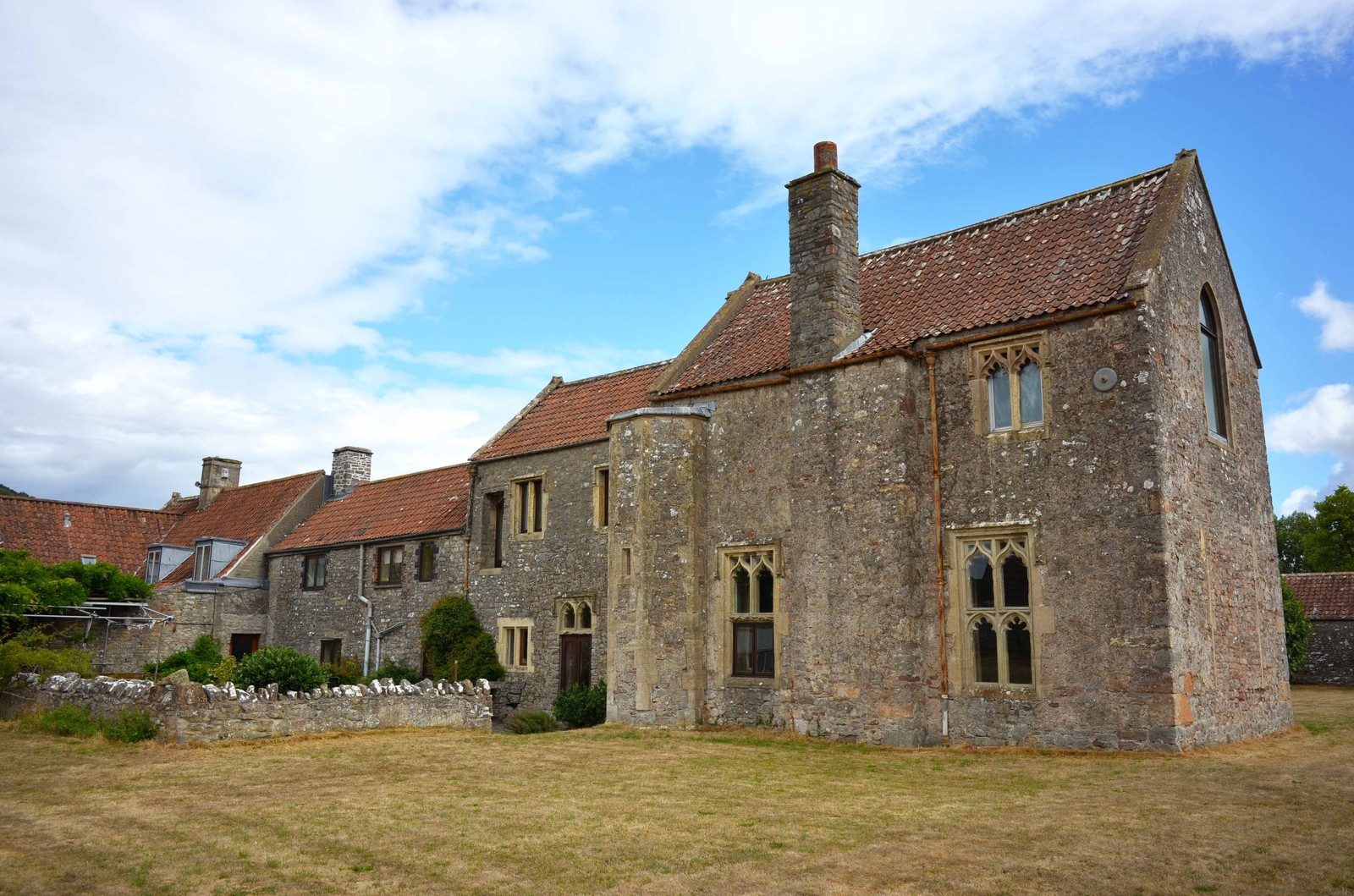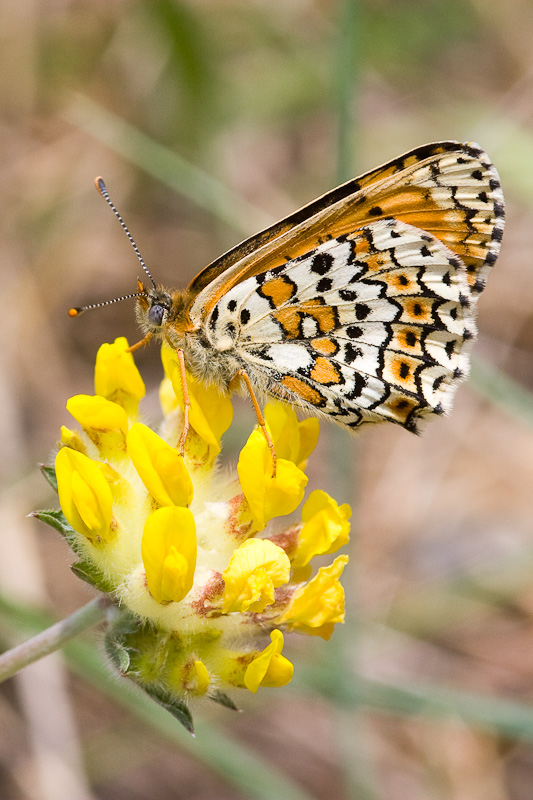In 1658 the word ‘butterfly’ in its modern English form appeared in the work of Thomas Moffet (1553-1604) as translated into English in that year. At his time the renaissance spirit infused Elizabethan England causing some to look at the natural world with a great deal more interest and curiosity than before. Go forward a half-century and onwards after Elizabeth II’s reign ended in 1603 and there were more gentlemen collecting and studying butterflies. These included John Ray 1627-1705, Joseph Dandridge 1664-1746, James Petiver 1663-1718 and William Vernon 1660-c.1735.
However, only one of the Lepidoptera pioneers had a butterfly named after him, or to be correct, her.
Eleanor Glanville was born in Yorkshire in about 1654, the daughter of Richard and Muriel Goodricke, the cultivators of the Ribston Pippin apple. From her parents, Eleanor inherited considerable property, including Tickenham Court, Somerset, where she later lived.

Eleanor’s interest in insects seems to have begun after the demise of her second marriage to Richard Glanville who once held a loaded pistol “to her breast” and threatened to shoot her dead. Glanville wrote to other entomologists, such as Ray, Vernon, Dandridge among others. She sent cases of specimens to her correspondents among them a fritillary she caught in Lincolnshire in about 1702. This specimen was used by the great Swedish scientist, Linnaeus to describe the insect for science. This was first called the Lincolnshire Fritillary.
Eleanor reared butterflies and moths, including Green-veined White and High Brown Fritillary. She collected caterpillars from hedging by placing a sheet under the hedge and beating the shrubbery with a long pole, much to the amazement of a witness, John Brewton, who described how Eleanor and two girls performed the operation to “catch a parcel of worms”. Eleanor did not seem to know how to protect her collection; mites did much damage. However, three of her specimens, a butterfly and two moths, have been re-found in the Sloane Collection in the Naural History Museum, London. (Hans Sloane, 16 April 1660 – 11 January 1753 was born in the charming village of Killyleagh, County Down where a statue commemorating him stands. From an Ulster-Scots family, Sloane donated 71,000 items he collected to Britain).
The turbulent private life of Eleanor Glanville was reflected in what happened after she died. Sadly, her interest in butterflies was used to damage her reputation. Her estranged husband, eager to get her property, planned to kidnap one of her sons and persuade the boy to transfer his interest in the property to him and his new mistress. Aware of her husband’s plot, Eleanor arranged to leave her property in the care of trustees. She left her property mainly to Sir Henry Goodricke, her second cousin.
However, her will was challenged by Eleanor’s eldest son, Forest. He contended that the will be set aside on the grounds that his mother was insane and believed her children had been changed into fairies. That was advanced as the reason that she acted unnaturally in not leaving her property to her own children.
The evidence produced at Wells Assizes in 1712 involved 100 witnesses. Either Petiver or Sloane appeared as a character witness. Villagers testified for the plaintiff, describing Eleanor’s eccentric behaviour. The court found for the plaintiff, no one “not deprived of their senses should go in pursuit of Butterflyes”. Her will was set aside. Eleanor Glanville was effectively declared insane.
There is a happy ending of sorts. By the time she had been dead forty years, the accepted name of the fritillary Eleanor discovered in Lincolnshire bore her name. It still does; the Glanville Fritillary.


